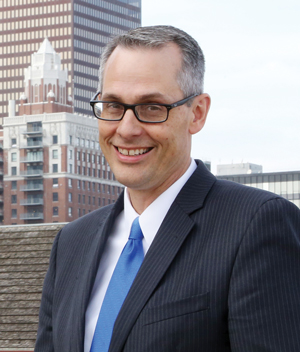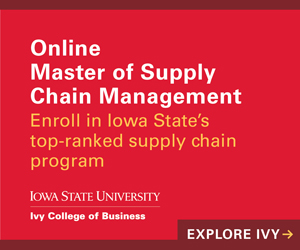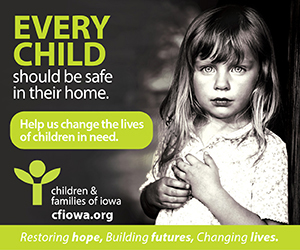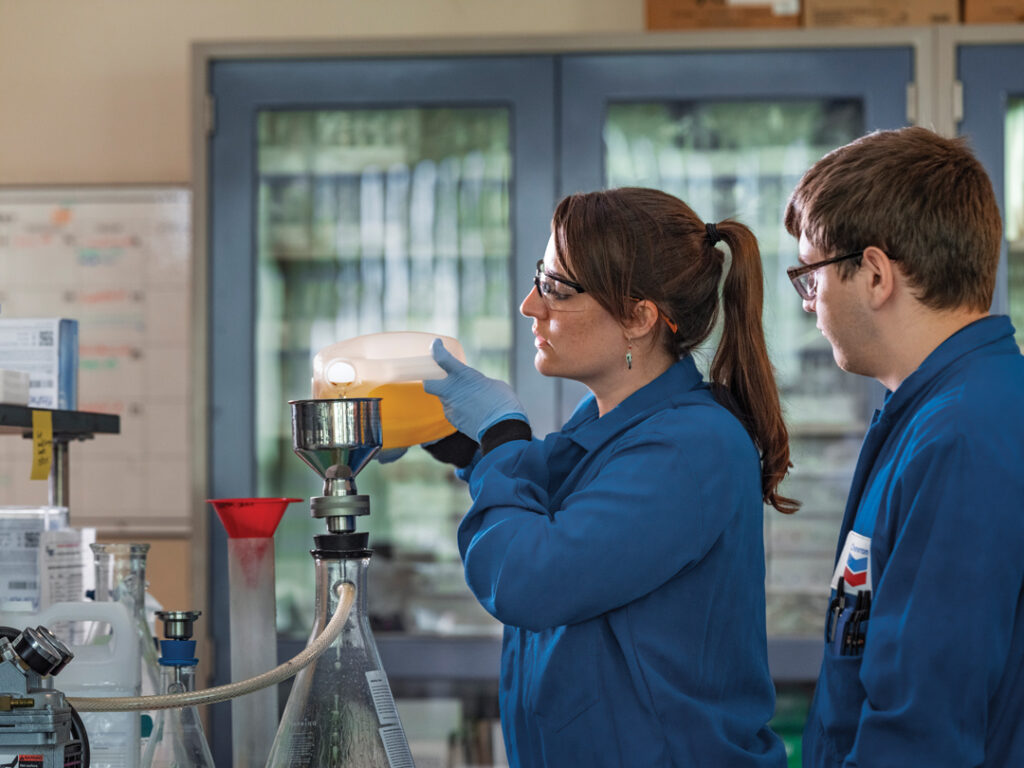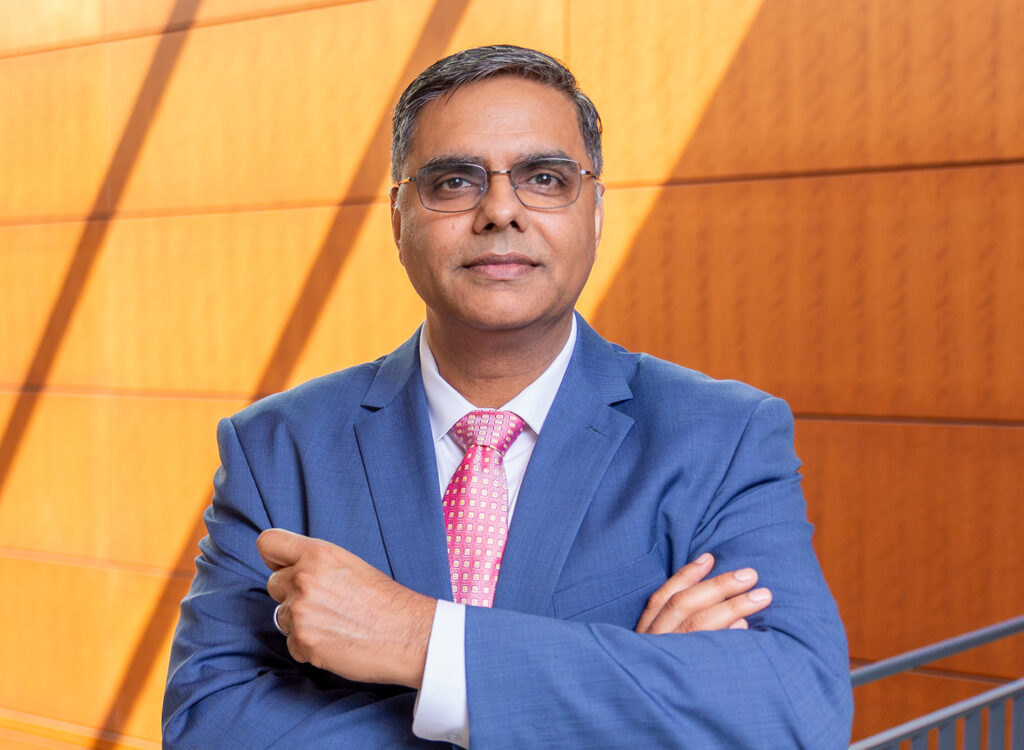Business boom update
Jay Byers on... Recreation, immigration, workforce, large projects

PERRY BEEMAN Dec 4, 2015 | 12:00 pm
9 min read time
2,093 wordsBusiness Record Insider, Economic DevelopmentJay Byers works at command central during one of Greater Des Moines’ biggest economic booms. More than most business leaders, politicians and nonprofit leaders, the CEO of the Greater Des Moines Partnership plays a central role in guiding debate over the most high-profile issues and project proposals in Greater Des Moines. Often, the situations call for delicate political maneuvering, negotiation and collaboration. Nitrate in water? Task force. Controversy over bus rapid transit? Task force. Worker shortage? Immigration task force.
Byers is in a good position to not only observe the news in a rapidly transforming metro market, but also influence how it changes. With the local economy showing strength that tops the likes of Omaha and Kansas City by some measures, that’s an interesting place to be.
We caught up with Byers for a wide-ranging interview about immigration and water quality, the Riverfront YMCA site and the Wellmark YMCA pool, riverfront development, new skyscrapers, water quality, transportation, regional cooperation and economic development. Along the way, we heard quite a bit about why Byers, a musician, thinks Des Moines rocks.
There is a lot going on right now. What are you focusing on most?
Capital Crossroads is the five-year strategic plan. Our goals follow that. We focus on regional economic development, regional workforce education and regional business development.
What specific projects address those?
The water issue is huge, and we have stepped up and have taken a leadership role. The transit issue, with bus rapid transit, is important, and we’ve taken leadership. Recently, we co-founded with the Partnership for a New American Economy an initiative to attract more international talent. The convention hotel is continuing to move forward. These are all game-changing, high-magnitude projects.
How would you compare this downtown boom to those of the past few decades?
Each growth period tells its own story. If you look at what is happening now, and over the past 10 to 15 years, the magnitude of the projects tells a very positive story. Data on recent job growth and GDP growth and population growth show we have outperformed larger markets such as Omaha and Madison (Wis). You’ve seen all these great rankings. The latest boom has been extraordinary.
Our secret sauce has four ingredients. First, regionalism. You have the city of Des Moines barely over 200,000. You have the MSA that is over 600,000 and the Capital Crossroads area that is about 900,000.
When we are out competing with other Midwestern regions, we have to work together, because we are competing with regions that are quite a bit bigger than us.
We are operating as an economic region. Our regional functions are based on commuting patterns and where people live and recreate. We have done a really good job with that. That sense of regionalism is stronger. We had some cases in the history of the region when there was a lot more fighting. Now, there is a sense of regionalism.
The second piece is public-private partnerships. In identifying projects, we are working with the private and public sectors and fighting above our weight.
The third part is visioning. Every three to five years, we come up with a good visioning plan. There is a vision attached to each of these boom periods. There was always the right plan at the right time.
The fourth part of our secret sauce is leadership. We’ve had new leaders step up each time. This town has this history, and definitely right now we have strong CEOs and other leaders. That is very unique compared to larger markets.
Does that cooperation stand out when you go to Washington, D.C., to ask for help?
I hear it from congressional offices all the time. When we go out there with almost 200 Central Iowans, it sends a message. We are the fourth-largest regional chamber organization in the country. We spend a lot of time coming up with a cohesive agenda.
If you look at the history of the D.C. trip, in its 38th year, there is a great track record of participation and coming together as a region. There are many successes too. You had the reconstruction of I-235, the Principal Riverwalk, the Southeast Connector. There is regional transportation in almost all of the suburbs. You had the new Science Center and the World Food Prize headquarters. While earmarks have gone away, the focus on finding federal financial support has shifted to grants. Now, we are focusing on relationships.
There is definitely a culture that CEOs will step up both as leaders and through financial support. You see that through United Way (of Central Iowa) and the Community Foundation (of Greater Des Moines), for example. We have 5,700 members and we’re in the second-largest regional chamber in the country, in the 91st-biggest market. United Way of Central Iowa has the second-highest per capita giving in the United States.
What is your strategy beyond Central Iowa?
We are focusing on global strategy. We worked on an export plan with the Brookings Institution. Currently, 95 percent of consumers live outside this country. Exports will bring jobs and business growth.
We also worked with Brookings on a strategy for foreign direct investment. We have an international economic development strategy. We are looking for those key target markets for economic development recruitment.
We also are looking for international talent. We are working with the Partnership for a New American Economy. We hear from companies all the time that the top issue is workforce attraction. Our workforce strategy is we need to scale up the existing workforce, with apprenticeships and the unions, and in addition we need a larger workforce. We are working with Home Base Iowa to attract veterans, and we are at 70 or so college campuses every year to recruit college students.
You have advocated immigration reform. How important is that to your goals?
A portion of the workforce needs to be international talent. The current visas are gone in the first day or the first week. We have thousands of international students at Iowa’s colleges and universities who would like to work here, but because of visa (restrictions), they can’t stay. We educate them and send them back to their home country to compete against us. It makes no sense to our economic development strategy. Immigration is not a new issue for us. It has been part of our policy platform for many years. We are a state of immigrants and a nation of immigrants. They are just coming from different countries than our ancestors came from. But for immigration, the state of Iowa’s population would have shrunk in the past 10 years.
Do you expect the convention center hotel project to be completed as planned?
We are very confident that project will be completed. If things were easy, they would have been done long ago. This is a game-changing project. The (Greater Des Moines) Convention and Visitors Bureau mentions projects that we’ve lost because having a convention hotel next to convention facilities is absolutely critical.
Do you think we’ll eventually see a major project at the former Riverfront YMCA site?
That is one of the best development sites in the region. Hubbell (Realty Co.) and the city are working through plans. It is a larger footprint and a bigger site than many people thought. Let’s let the process work.
Think we’ll see the planned Olympic-sized pool at the Wellmark YMCA someday?
It will get done. Everyone is exploring lots of options. It is not a question of if, but of when. We are very confident we will have an Olympic-sized pool in a short time. The CVB is talking to sports events about using it.
In your view, what are the most important topics to be explored by your transportation task force?
We are very much in learning mode. We have very strong corporate leadership. They know this is a huge issue for attracting and retaining talent for our workforce, whether it is bus rapid transit or transit in general. For Greater Des Moines to move forward and put together a system that our community is calling for is very important. Young professionals rank improving mass transit at the top of their wish lists.
We hear it all the time. We have a good bus system, but what can we do to make it a transit system? The bus rapid transit route is open to discussion. Funding is an issue. We have to respond to market trends and what our talent pool is telling us. We have to make sure we have the right process and take the time to get it right.
The Partnership and the community as a whole have done a good job of looking at other communities and seeing what worked and what didn’t. We went to Grand Rapids and Kansas City. We looked at what they do and their advocacy strategies.
What are you expecting from the water issues task force?
The easy answer would be “This isn’t our problem.” The right answer is that finding common-ground solutions requires leadership. It’s not about the (Water Works) lawsuit in Central Iowa and statewide. We hope to have recommendations in time for the (legislative) session. That process is moving full steam ahead.
With the news of Max Wellman’s coming jazz joint on Walnut Street and Cuban jazz already booked in the East Village, with 80/35 still pulling big crowds, what do you make of the local music scene?
A thriving local music scene is a huge driver in attracting and retaining talent. We have new music venues and strong local bands. We have 80/35. Hinterlands Music Festival. All of it matters. We have been big supporters of 80/35 ever since it was first conceived. We have our seizedesmoines.com with downloads, and a festival with 15 bands. The music scene has advanced in an exciting way. You have multiple options almost every night. The Des Moines Social Club has a lot to do with our successes.
Downtown seems considerably busier on weeknights. Why?
Downtown is different on different nights. A robust downtown that the entire city and the entire region and the entire state is proud of is important. We all want enjoy downtown, and you see that. On the weekends, there is an amazing set of options. We have the Science Center. People are living and working downtown. Court Avenue continues to get stronger and stronger, and we are getting a new grocery store. The East Village in the ‘90s wasn’t a place you really wanted to be at night, and there was not much going on. Now, it’s arguably the hottest area in the state.
The urban planning has worked even better than expected. We have the (John and Mary Pappajohn) Sculpture Park and a major (new) corporate campus (in the Western Gateway). We have restaurants and entertainment venues and RiverPoint West and the Market District extending downtown. Sherman Hill is really cool, and now Ingersoll (Avenue) is expanding downtown. People want to be a part of it. It’s more robust and bigger than it used to be.
Now the question is how to keep the momentum going, which is critically important.
What do you consider examples of when the regionalism and the support for this most recent economic boom delivered high-profile projects?
We have some total game-changers. The new airport terminal proposal. It’s a huge game-changer for this region and a 10-year project. We need to deal with some issues there, such as funding and working with partners. It’s very doable and makes a lot of sense. We need more competitive airfares and more connectivity, along with the new terminal. We also have the proposed Water Works Park work. There is a great team assembled. If you look what Gray’s Lake did for Des Moines, Water Works Park has the potential to do that and much more. It’s bigger than Central Park (in New York City). The strategies implemented with the (Principal) Riverwalk could be employed here, as far as staging, for example.
We also want to make the river navigable in downtown Des Moines. We want to make the riverfront more usable. The (Des Moines Area Metropolitan Planning Organization) is looking at that. A whitewater course could be part of that. A skate park is still in the plans, and people are evaluating fundraisers.
What’s next?
We’re putting together Capital Crossroads 2.0. The first Capital Crossroads is nearing the end of the five-year window. We have a great opportunity in 2016 to work with partners and the public at large to decide the next set of goals. We want the community to think big.

